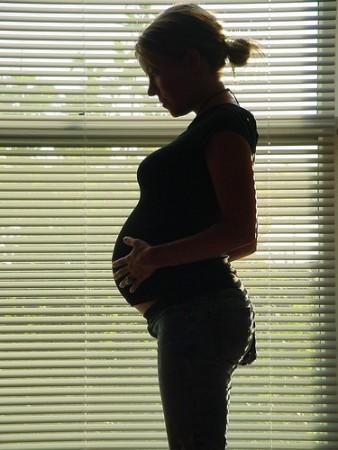
A simple blood test can help detect the risk of stillbirth early.
Stillbirth is the death of a foetus inside the uterus, after 20 weeks of pregnancy. According to the 'still born still loved' organisation, every year nearly three million babies are stillborn across the world. Placenta plays an important role in transferring blood, nutrients and oxygen from mother to the foetus. Stillbirths occur due to different reasons, including complications with the placenta.
The new test was developed by a team of Australian researchers from Mercy Health in Melbourne. It works by monitoring the baby's atmosphere inside the womb and sending warning signs while detecting a constant drop in oxygen levels. The test provides an accurate result by measuring levels of RNA, the molecules released by placenta when levels of oxygen in the uterus start deteriorating. Based on the result, doctors can decide whether they should go for an early delivery to save the baby's life, The Telegraph reported.
"If we know how much oxygen the baby is getting we can deliver pregnancies prior to the oxygen levels becoming very low and the baby succumbing to stillbirths," Dr Clare Whitehead, a lead researcher, told The Telegraph.
Currently, there hardly exists any test to detect stillbirth. Regular monitoring through ultrasound is the only method available to find out the baby's safety in the mother's womb.
"Ultrasounds are good but they are not perfect and sometimes we time it too late and there is a stillbirth or the best guess is to deliver and we deliver early and the baby has suffered from the potential risk of prematurity,'' Professor Stephen Tong, head of Mercy Health's translational obstetrics group, told The Age.
For developing the test, researchers collected blood samples from 50 women. Of the total participants, 20 had given birth prematurely and 30 had healthy babies, ABC News reported.
The findings have been reported in journal BMC Medicine.
Many factors increase the risk of stillbirth. Following are some of the risk factors pointed out by research:

















